Nursing Negligence Even If It’s Not Your Fault, It Will Be Your Problem
$35.00
Product Include:
File size:
Nursing Negligence Even If It’s Not Your Fault, It Will Be Your Problem
**More information:
Get Nursing Negligence Even If It’s Not Your Fault, It Will Be Your Problem at Salaedu.com
Description
The realities of time stamping
50 facts you NEED to know
Avoid the key hazards of drop down boxes in charting
Deposition behaviors that add to nursing credibility
Hard evidence about what your charting communicates
Is the defense counsel for you? Or against you?
Charting by exception – a meaningless phrase
Trends in nursing litigation
Jessica attended a nursing program with stellar faculty and great internships. She had always heard, “if you don’t document, you will get in trouble”. No one could explain what that meant. During her orientation as a new graduate, her preceptor taught her how to document the unit requirements and reassured her that writing much more was a waste of time. Jessica never questioned otherwise. At this time in her career, Jessica was thinking… ”I don’t worry much about charting; the computer takes care of that. As long as I chart what my unit audits for, I can sleep soundly.”
2 years later… Jessica sat down quietly at the deposition table, her head hung low and she hadn’t slept in months. They asked her to say and spell her name for the court reporter and she was sworn in. “Do you promise to tell the truth, the whole truth and nothing but the truth?”
If this could happen to Jessica, it could happen to you. But how did this happen. How did what Jessica charted turn into a deposition proceeding? How does this happen to any good nurse?
Healthcare today is rife with litigation against nurses. There is more accountability, reliability, autonomy, and liability. The rate of nurses becoming part of lawsuits is steadily on the rise. Join Legal Nurse Consultant, Rosale Lobo, PhD, MSN, RN, CNS, LNCC, for this interesting and intriguing look into nursing documentation. This intense workshop will immerse you into the world of nursing from a litigious viewpoint.
Don’t end up like Jessica. Learn how to protect yourself, so you can sleep soundly tonight.
Health and Medical course
More information about Medical:
Medicine is the science and practice of establishing the diagnosis, prognosis, treatment, and prevention of disease.
Medicine encompasses a variety of health care practices evolved to maintain and restore health by the prevention and treatment of illness.
Contemporary medicine applies biomedical sciences, biomedical research, genetics, and medical technology to diagnose, treat, and prevent injury and disease,
typically through pharmaceuticals or surgery, but also through therapies as diverse as psychotherapy, external splints and traction, medical devices, biologics, and ionizing radiation, amongst others.
Medicine has been around for thousands of years, during most of which it was an art (an area of skill and knowledge) frequently having connections to the religious and
philosophical beliefs of local culture. For example, a medicine man would apply herbs and say prayers for healing, or an ancient philosopher and physician would apply bloodletting according to the theories of humorism.
In recent centuries, since the advent of modern science, most medicine has become a combination of art and science (bth basic and applied, under the umbrella of medical science).
While stitching technique for sutures is an art learned through practice, the knowledge of what happens at the cellular and molecular level in the tissues being stitched arises through science.
More Courses:Health – Fitness – Medical
Outstading Courses:https://salaedu.info/product/5-minute-flexibility-by-giles-wiley/
Be the first to review “Nursing Negligence Even If It’s Not Your Fault, It Will Be Your Problem” Cancel reply
Related products
Health – Fitness – Medical
Dr. Stephen E. West – The Golden 7 Plus Two (The Art of Lymphasizing)
Health – Fitness – Medical
Health – Fitness – Medical
Health – Fitness – Medical
Health – Fitness – Medical
HEALTH - FITNESS - LIFESTYLE - MEDICAL

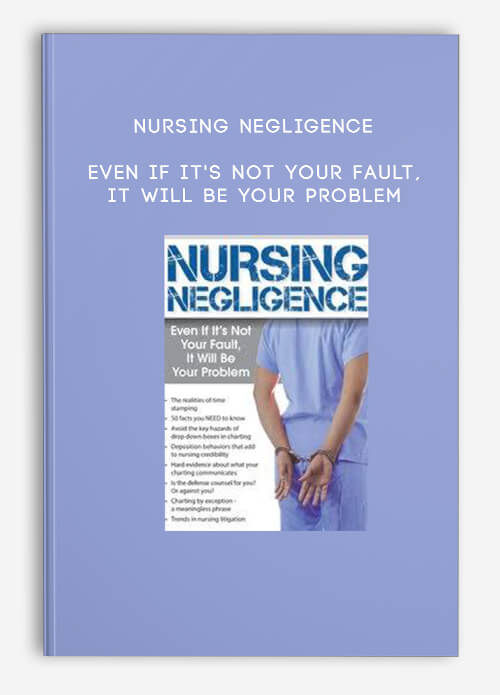


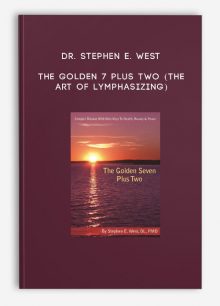
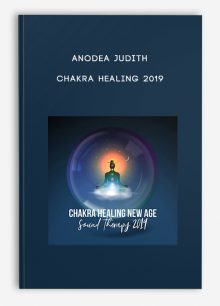

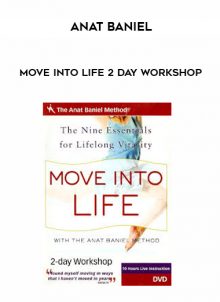
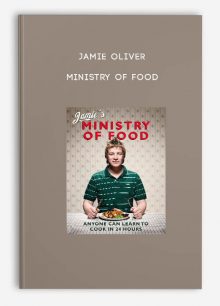

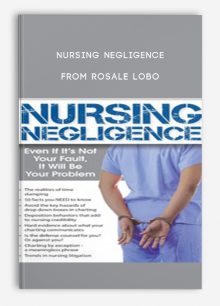
Reviews
There are no reviews yet.